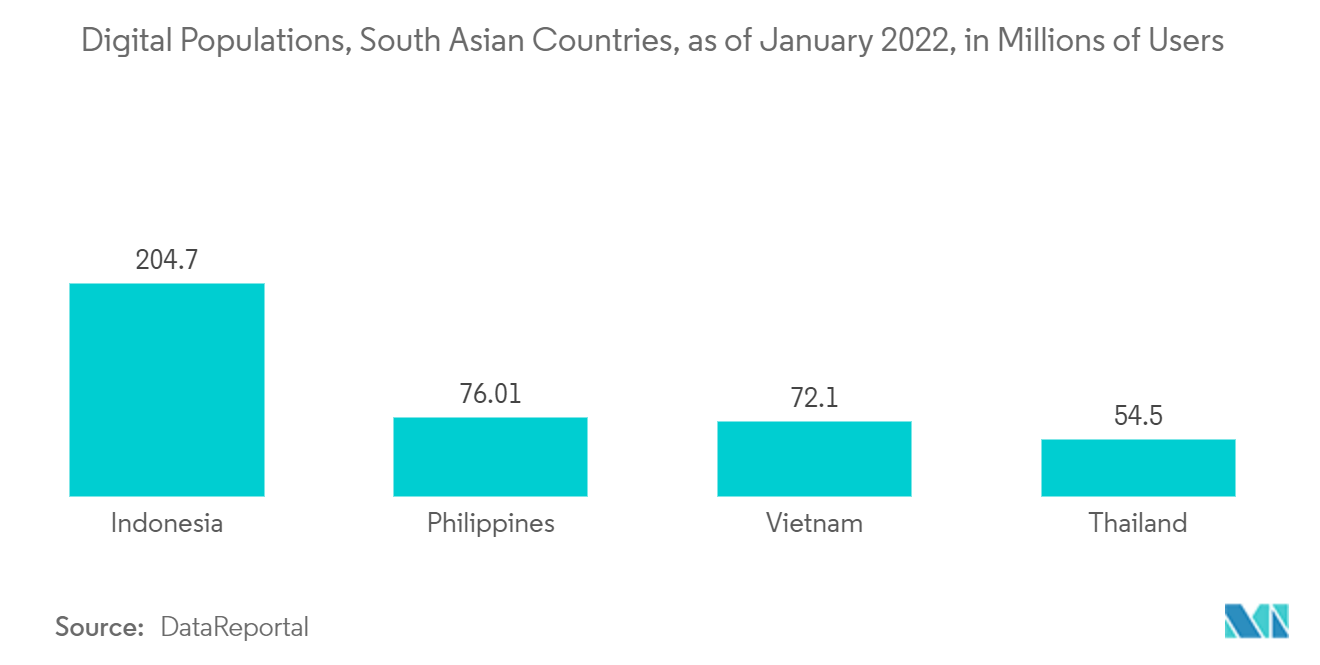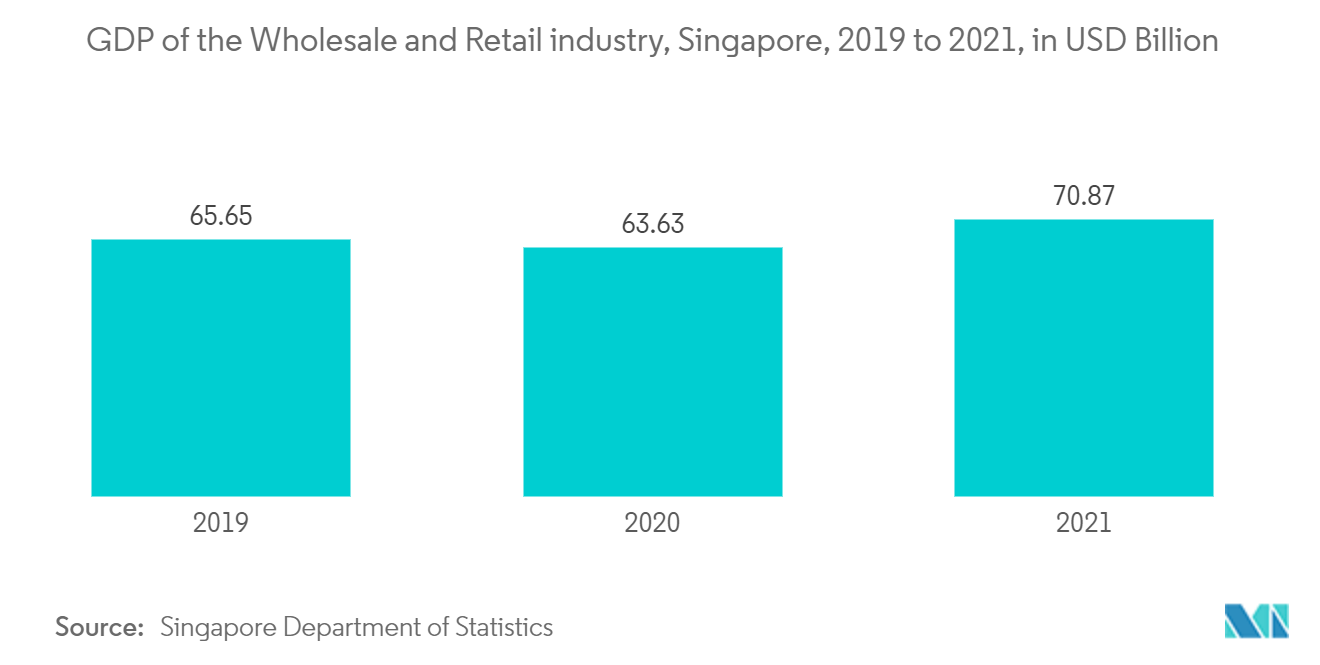Market Trends of South East Asia CRM Industry
Global Cues, such as BYOD, and Use of IT tools for Driving Decision Making Expected to Provide Ample Scope for Future Growth
- IT tools, such as Big Data technology for decision-making, are poised to integrate with CRM significantly in the future. Customer service is one of the most critical areas in which organizations should deliver metrics in today's landscape. Enterprises in the region have been using real-time data to provide one-on-one personalized services and solutions to their customers.
- CRM involves data, but most of it is structured, such as the latest contacts, contact information, products bought, etc. With the integration of IT tools, such as Big Data techniques, it is also possible to process, store, and analyze massive amounts of unstructured data not supplied by the customer and use this to gain additional insights. Using Big Data technologies, CRM could become a significant revenue driver.
- According to SAS, most Indonesian companies are at the awareness stage and are starting to adopt Big Data and AI technology to differentiate themselves from their competitors. The outbreak of COVID-19 significantly increased the cloud's adoption. For example, since going cloud native with GoCloud, banking and business solutions provider NewGens Pte Ltd has developed new products and gained access to new customers.
- Also, Scion, an IT business consulting specialist for clients such as Komodo Motors, Hyundai Motor Company, Maserati, Ferrari Automotive Dealerships, and the Four Seasons Hotel, shares its journey and experience on GoCloud with Amazon Web Services.
- The aforementioned factors are expected to provide growth opportunities for cloud CRM in the region. Cloud-based CRM allows robust integration with vital business applications through pre-built application connectors. This, in turn, facilitates significant user adoption of CRM. It also provides smooth data transmission to and from other business systems, reducing the requirement for intensive IT support and involvement.

Retail and Logistics Industry to Drive the Market
- To capitalize on the growing smartphone usage, new regional players have adopted e-commerce business models.So, there have been a lot of chances for vendors in the market to get more customers.
- Additionally, retailers have taken a hands-on approach to customer data to predict patterns and customer preferences and derive insights when combined with other data assets. Therefore, these companies have been integrating consumer insight with location data (GIS) to discover new insights into where and how people shop.
- Furthermore, omnichannel retailers have been at the forefront of developing customer segmentations into core shopper profiles to cater to where and how each segment behaves.
- In partnership with Singapore-based Capillary Technologies, Bata, a consumer goods retailer, strengthened its omnichannel CRM strategies across the Philippines and Vietnam. Post-deployment, the company achieved 2.2x higher returns from targeted campaigns in Singapore and 57x ROI from Facebook-based campaigns in Malaysia. To name a few, Bata used Capillary's insights and engaged platform to leverage unified campaigns and precise custom targeting.
According to a joint survey conducted by Centaur Media plc and Resulticks, the ability to deliver content and messages in real-time and across multiple channels directly impacted the efficiency and effectiveness of customer engagement. Most Southeast Asian businesses use real-time marketing and omnichannel delivery and engagement to meet their short-term marketing goals. Real-time marketing is chosen by 65% of businesses, while omnichannel delivery and engagement is chosen by 52%.


